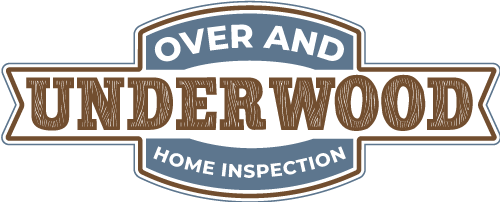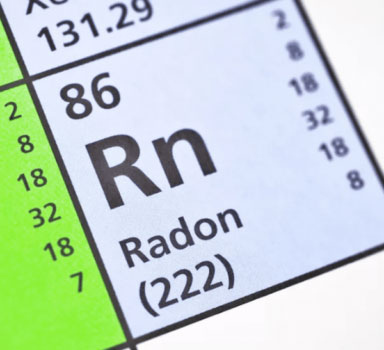Inspecting your Investment with Integrity
Mon - Sat 8:00 - 5:00
3980 Bedaki Ave NE, Lowell, MI 49331
How to Mitigate Radon
Air Quality, Educational
How to Mitigate Radon
Mitigating radon in a home involves implementing various techniques to reduce the concentration of radon gas, a radioactive element that can seep into buildings from the ground. Here’s a general overview of the radon mitigation process:
- Radon Testing:
- Before mitigation, it’s essential to conduct radon testing to determine the current radon levels in the home. This can be done using short-term or long-term testing kits.
- Professional Assessment:
- Engage a certified radon mitigation professional to assess the specific conditions of your home. They will identify entry points and design a mitigation system tailored to your property.
- Soil Depressurization:
- The most common and effective radon mitigation technique is soil depressurization. This involves installing a vent pipe system that redirects radon from the soil beneath the foundation and releases it into the outdoor air.
- Sub-Slab Depressurization:
- In homes with basements or crawl spaces, a sub-slab depressurization system may be employed. This system involves creating suction points in the sub-slab, which help draw radon away from the soil and prevent its entry into the home.
- Sump Pump Mitigation:
- For homes with sump pumps, mitigation can involve sealing sump pits and installing a vent pipe connected to the mitigation system to prevent radon entry.
- Ventilation and Fan Installation:
- A specialized radon mitigation fan is installed in the vent pipe system. This fan helps create a negative pressure beneath the foundation, effectively pulling radon gas away and venting it outside.
- Sealing Entry Points:
- Gaps, cracks, and other potential entry points for radon are sealed to minimize its infiltration into the home. This step enhances the efficiency of the mitigation system.
- Post-Mitigation Testing:
- After mitigation, it’s crucial to conduct follow-up radon testing to ensure that the system is effectively reducing radon levels to within acceptable limits.
- Monitoring and Maintenance:
- Regular monitoring and maintenance of the radon mitigation system are recommended to ensure its continued effectiveness. Fans, seals, and other components should be inspected periodically.
The cost of radon mitigation can vary based on factors such as the size and design of the home, the chosen mitigation technique, and the severity of the radon issue. On average, homeowners can expect to invest anywhere from $800 to $1,500 for a radon mitigation system, but costs may vary depending on the specifics of each case and location. It’s important to consult with a certified radon mitigation professional to assess your specific situation and provide accurate cost estimates.


